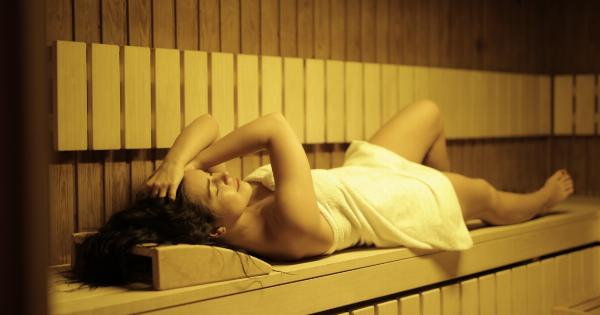Sleep paralysis is a condition that affects many people around the world. It is a phenomenon where the person experiences a temporary inability to move or speak while falling asleep or waking up.
This state can be accompanied by vivid hallucinations and fear, making it a terrifying experience for those who have experienced it. In this article, we will explore the science behind sleep paralysis and provide a visual guide to help you better understand this condition.
What is Sleep Paralysis?
Sleep paralysis occurs when there is a disconnect between the brain and body during the transition from sleep to wakefulness. When we sleep, our brain paralyzes our muscles to prevent us from acting out our dreams.
However, in sleep paralysis, the brain remains active while the body is still in a state of paralysis.
How Does Sleep Paralysis Occur?
Sleep paralysis can occur in two different ways: when you are falling asleep or when you are waking up.
1. Hypnagogic Sleep Paralysis
Hypnagogic sleep paralysis happens when you are falling asleep. As your body begins to relax, your brain shifts into a state between wakefulness and sleep.
During this transition period, you may experience vivid hallucinations and the sensation of being unable to move or speak.
2. Hypnopompic Sleep Paralysis
Hypnopompic sleep paralysis occurs when you are waking up. In this case, your brain remains in a state of sleep while you start to become conscious.
Similarly to hypnagogic sleep paralysis, you may experience vivid hallucinations and the sensation of being unable to move or speak.
What Causes Sleep Paralysis?
There are several factors that can contribute to the development of sleep paralysis. These include:.
1. Sleep Deprivation
When we don’t get enough sleep, our brains may struggle to properly regulate our sleep cycles. This can result in episodes of sleep paralysis, as well as other sleep disorders.
2. Narcolepsy
Narcolepsy is a sleep disorder that causes excessive daytime sleepiness and sudden sleep attacks. People with narcolepsy are also more likely to experience episodes of sleep paralysis.
3. Stress and Anxiety
High levels of stress and anxiety can also contribute to the development of sleep paralysis. When we are stressed or anxious, our bodies may struggle to relax fully during sleep, resulting in sleep paralysis.
4. Genetics
There is some evidence to suggest that genetics may play a role in the development of sleep paralysis. Some people may be more predisposed to the condition due to their genetic makeup.
What Does Sleep Paralysis Feel Like?
People who experience sleep paralysis describe a range of different sensations and experiences. Some common experiences include:.
1. Paralysis
One of the most common feelings associated with sleep paralysis is the sensation of being unable to move. This can be a very distressing experience, particularly if the individual is also experiencing vivid hallucinations or fear.
2. Vivid Hallucinations
During sleep paralysis, it is common to experience vivid and often terrifying hallucinations. These hallucinations can take many forms, ranging from seeing shadowy figures to feeling as though you are being attacked or suffocated.
How Can You Treat Sleep Paralysis?
There is no single cure for sleep paralysis, but there are several things that can help alleviate symptoms and reduce the frequency of episodes. These include:.
1. Improving Sleep Habits
Practicing good sleep hygiene can help reduce the likelihood of experiencing sleep paralysis. This includes things like maintaining a regular sleep schedule, avoiding caffeine and alcohol before bed, and creating a relaxing sleep environment.
2. Managing Stress and Anxiety
Reducing stress and anxiety can also be helpful in managing sleep paralysis. Techniques like meditation and relaxation exercises can help reduce feelings of stress and promote relaxation during sleep.
3. Seeking Medical Treatment
In some cases, sleep paralysis may be a symptom of an underlying medical condition. If you are experiencing frequent episodes of sleep paralysis, it is a good idea to speak with your doctor to rule out any underlying health concerns.
Conclusion
Sleep paralysis is a common condition that can be frightening and distressing for those who experience it.
While there is no single cure for sleep paralysis, there are several things that can be done to manage symptoms and reduce the frequency of episodes. By practicing good sleep hygiene and managing stress and anxiety, it is possible to minimize the impact of sleep paralysis and enjoy a more restful night’s sleep.




























